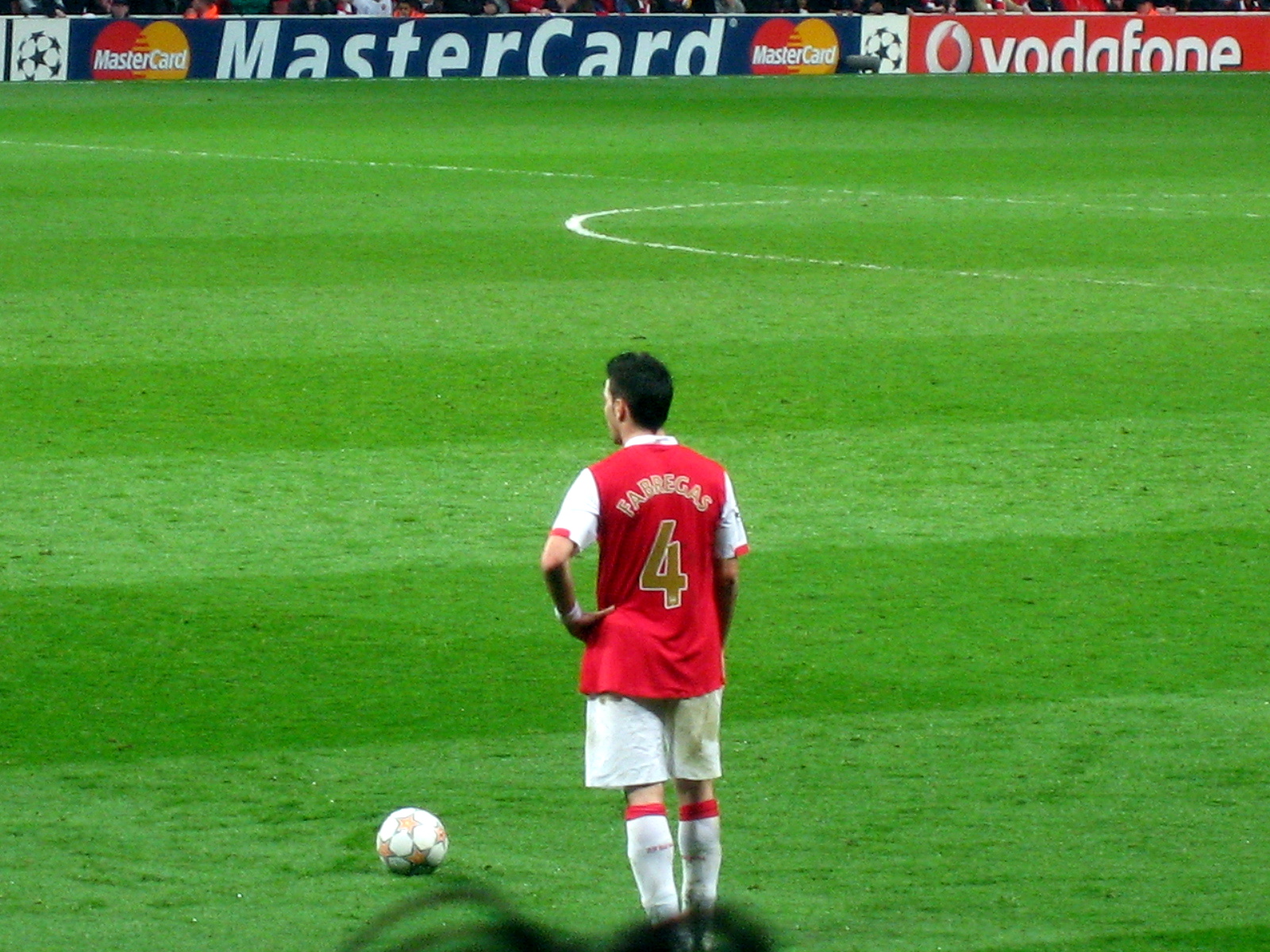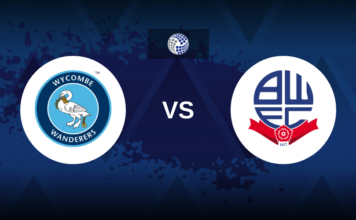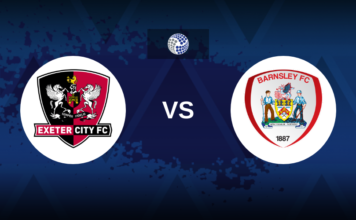Cesc Fabregas has spent his playing career under some of the sharpest tactical minds in modern football.
From Arsène Wenger and Pep Guardiola to José Mourinho and Antonio Conte, the Spaniard has seen it all. And now, in his first full season as a head coach, we’re beginning to see the early signs of how those influences are shaping him.
At Como, Fabregas is doing more than just steadying the ship. He’s putting down tactical foundations for something genuinely exciting—combining structure with freedom, detail with improvisation. And while his side still has rough edges, the early evidence suggests that Fabregas could be on the path to becoming one of the most intriguing new coaches in Europe.
Como’s Bold New Chapter
Backed by serious investment, Como have quickly become the wealthiest club in Italian football. The ambition is clear: rise up the leagues, and do it with style. In Fabregas, they’ve found a manager who not only carries elite-level experience but one with a vision that suits the modern game.
In recent interviews, Fabregas has spoken about how he wants to fight against the “robotic” nature of today’s football—where players are so locked into patterns and roles that improvisation is lost. His goal at Como? Build a team that understands structure but knows how to think and adapt on the pitch. A team that can be dangerous because of its freedom, not in spite of it.
Structured Build-Up, Flexible Execution
Como tend to line up in a 4-2-3-1, but the shape is fluid. We’ve seen 4-3-3, 4-3-2-1, and even moments where the striker joins the build-up as a false nine. Regardless of formation, the principles remain consistent: play out from the back, attract pressure, exploit space.
Statistically, they rank second in Serie A for fewest long goal kicks—63% of first passes go straight to the centre-backs. From there, the ball often moves wide after a few passes, where rotations begin to take shape. One of the holding midfielders will drop deep to help in the build-up, creating a passing lane that eventually pulls opponents out of position.
It’s not dissimilar to what Roberto De Zerbi has done in recent years. Attract pressure, move the ball quickly, and find the third man in space. It’s smart, patient, and calculated—but with flexibility built in.
The Nico Paz Effect
If there’s one player who encapsulates Fabregas’ philosophy right now, it’s Nico Paz.
The 19-year-old midfielder has been sensational for Como this season—constantly dropping into pockets, dictating tempo, and linking phases of play. He’s involved in everything: build-up, transition, and the final third. And he’s doing it with intelligence that belies his age.
Paz ranks in the 94th percentile in Serie A for expected threat per 90, 96th for expected goals, and 93rd for expected assists. These aren’t just promising numbers—they’re elite. Especially when you consider he’s doing it in a newly promoted side.
What’s most impressive is that Paz doesn’t move like a player working from a rigid playbook. He roams. He feels space. He looks like a player encouraged to think for himself—something Fabregas has repeatedly spoken about as a core belief.
Patterns in Possession
In the opposition half, Como’s structure shifts again. One of the deeper midfielders pushes forward, leaving a 2-1 shape behind. Fullbacks bomb on. Wingers tuck in—especially on the right, where Strefezza thrives in the half-space. January signing Diao also offers a new dynamic, drifting inside and creating overloads in the final third.
There’s an intentional chaos to it—rotations, switches, players popping up in unfamiliar zones. Cutrone leads the line and is key in bouncing attacks off, while wide players provide the width and stretch needed to break blocks.
Often, Como attack down one side before quickly switching to the other, where the space opens up. Their win against Napoli offered a perfect example: the ball moves centrally, pulls defenders over, and ends with the winger on the opposite flank delivering a dangerous ball into a crowded box.
And more often than not, these crosses aren’t cutbacks from the byline—they’re early deliveries from deeper zones. It’s part of a wider trend we’re seeing in modern football: get the ball in early, while defenders are still retreating. It gives the crosser more time, and the runners a greater chance to attack space.
Pressing with Purpose
Defensively, Fabregas has instilled a fierce work ethic. Como rank in the top three for passes per defensive action, and top four for counter-pressing efficiency. They win the ball high and attack quickly from those moments—again, with Paz often setting the tone.
Out of possession, they typically drop into a well-drilled 4-4-2 block that forces teams wide. Their defensive line is brave and high, and they’re not afraid to press aggressively. It’s a mentality that feels modern, proactive, and very much in step with where the game is going.
The Trade-Offs
But this kind of football isn’t without its risks. Como concede a high xG per shot—mainly due to two factors. First, individual errors in build-up often gift the opposition chances. Second, their verticality and rotations can leave them vulnerable in transition, especially if the midfield hasn’t reset in time to shield the defence.
It’s also worth noting that while Como create chances, they haven’t always finished them. Their xG per shot is among the lowest in the league, which suggests they’re either rushing opportunities or not getting into optimal shooting positions.
These are the growing pains of a system still in its infancy. But they’re not dealbreakers—they’re fixable issues.
A Manager for the Moment
All of this begs the question: could Fabregas really be Europe’s next breakout manager?
It’s too early to say for sure. Como are still mid-table, and there are gaps in execution. But the ideas? The ideas are real. They’re modern. They’re exciting.
As football continues to shift away from strict positional play towards more fluid, player-led systems, Fabregas might just be arriving at the perfect time. He’s not reinventing the wheel—but he is blending structure and spontaneity in a way that feels fresh.
It’s easy to forget that this is his first full season in charge. But if this is the starting point, it’s a very promising one.






